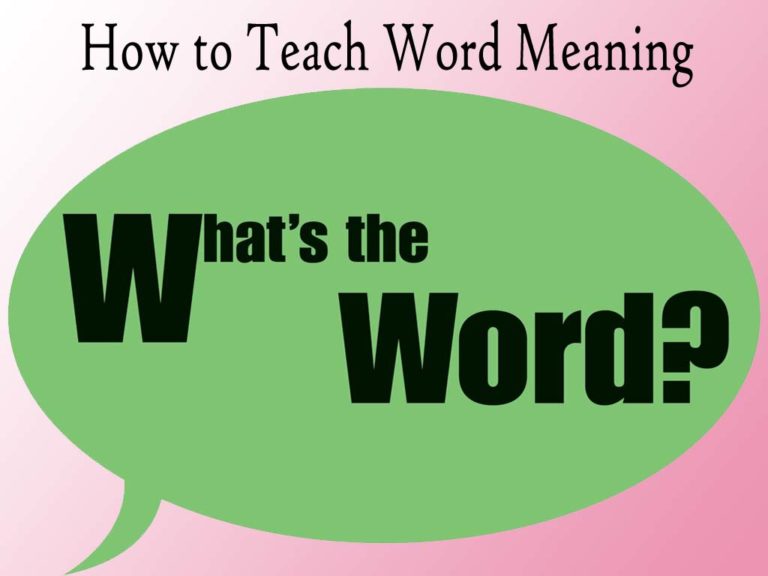

Definition: Cohesion means a state or condition of joining or working together to form a united whole, or the tendency to do this. (Word-meaning)
Linguistically means, to analysis the written text and declaring its essential properties.
From any literary book, a paragraph or a section of the text, whether it is grammatical and lexical well-structural and well-organized and forms a united-whole.
Cohesion in a paragraph is created by the grammatical linkers as nouns, pronouns, antonyms and synonyms, verb, tenses, conjunctions, prepositions, quotations…all these are the properties of the parts of speech. If we use the parts of speech components properly in a sentence it will create cohesion (well-organized piece of writing) in the written paragraph.
As we (whenever) in any sentence, it means the sawyer’s experience and observation. I clarify it with an example: Whenever I go there, she does not talk me. Whenever, shows the sayyer has gone there several times before saying this sentence but she talks other except when I reach there.
Coherence
Definition: Dictionary meaning; logical or aesthetic consistency: the quality of being logically or aesthetically consistent, with all separate parts fitting together to form a harmonious or credible whole
Example: There was no coherence between the first and the second half of the film.
Literal Meaning: In a literary piece of writing creating unity between the writer’s scattered ideas in shape of problems, questions and at the end solutions.
The Function of Coherence
Cohesion means to unite the whole text which is written in different paragraphs and the paragraph-structure at different level. A paragraph is a mixture of phrases, sentences and idioms and the parts of speech combination. To unite the whole as a whole is the main function of coherence.
Difference between Cohesion and Coherence
Coherence creates unity as a whole in the writer’s scattering ideas while writing the text and makes the whole text meaningful for the readers. While on the other hand, cohesion creates a logical link between the language properties in the text and joins the writer’s ideas in a meaningful way.
The Properties of Language
The thing that compels any man to put his ideas into a meaningful way is the idea and the any idea is the property of human soul. Keep in mind; ideas invent words and the mechanism that unites the scattered words is called grammar in other words the language properties.
Nouns, pronouns, verbs, adverbs, prepositions, conjunction, interjection, adjectives, idioms, phrases, clauses, antonyms and synonyms…all these are called language properties. Cohesion links these properties in a meaningful way to express the writer’s idea in the written text so that the readers could easily follow the writer’s written text message.
To make writing effective the writer uses antonyms and synonyms, alliteration and connectives. Antonyms and synonyms are used to create variety and alliteration is used to create language harmony in the writing. Connectives are used to connect two words or phrases in a paragraph as head and tail, hide and seek, come and go, sleep and arise…
Nggak Nyangka! Hidup Gue Berubah Total! Gue bukan siapa-siapa. Cuma anak kos biasa yang kerja serabutan buat nutup biaya hidup… Read More
What is the Main Cause of a Heart Attack? What is its Solution? A heart attack is the blockage of… Read More
In the vast economic arena, one term that often takes center stage, inciting extensive debates and discussions, is the "debt… Read More
De-Dollarization: The Changing Face of Global Finance The financial landscape is in a state of flux, with an intriguing economic… Read More
The curtains closed on a dramatic Bundesliga season with Bayern Munich standing tall once again, clinching their 11th straight title.… Read More
The Unfolding Story of Celine Dion's Health In recent news that has left fans across the globe stunned, iconic singer… Read More